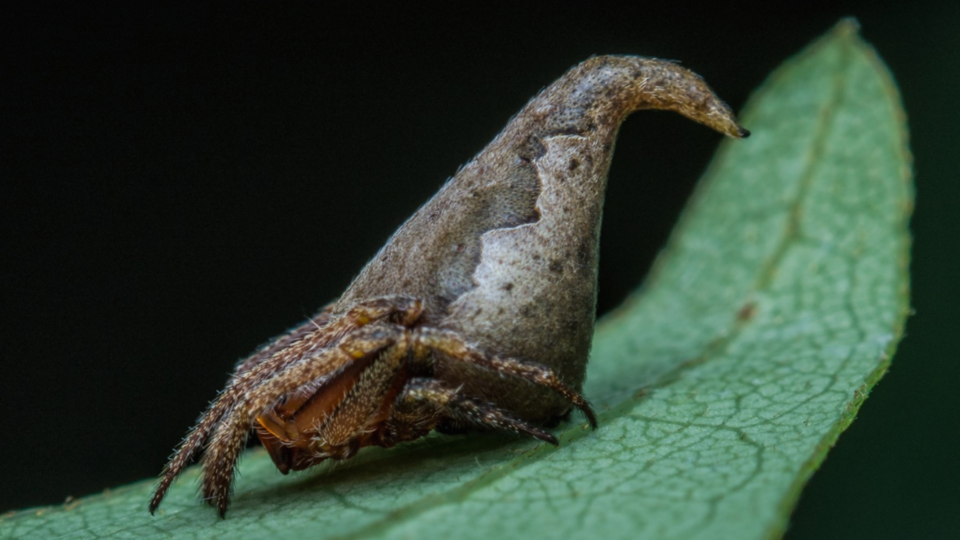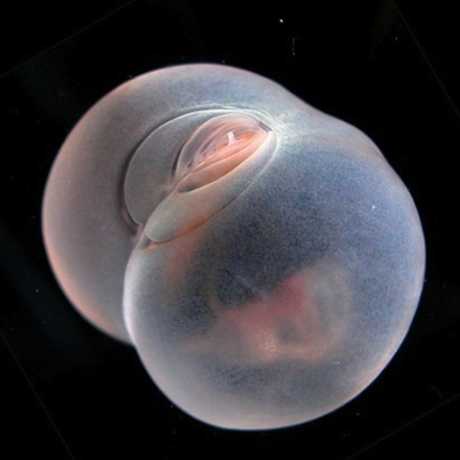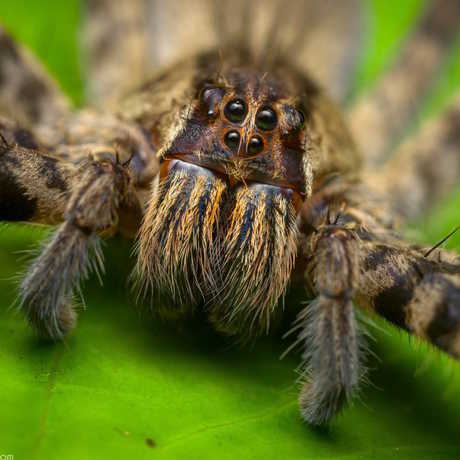Science News
New Discoveries: Spiders!

The Sorting Hat Spider
Remember the Sorting Hat in the Harry Potter stories that decides in which house the new students will live? It’s a bit wrinkly and floppy (the hat) and now scientists have described a spider that looks exactly like it—lucky arachnid! Eriovixia gryffindori hails from the Western Ghats in India. The spider’s back rises up to a peak to resemble a leaf, and not really a hat. Still, its resemblance to the Hogwart’s hat is a bit uncanny. And, according to Live Science, “Though it resembled other types of Eriovixia spiders, the shape of E. gryffindori’s genitalia and parts of its exoskeleton told the scientists that it differed enough to be considered a new species.”
Flying Ghost Spiders
Their name makes them sound like your worst nightmare, but they’re not. These spiders are castaways, living on Robinson Crusoe Island, about 400 miles off of the coast of Chile. Scientists say that the spiders—belonging to the genus Philisca—migrated to the island via air on strands of silk—a technique known as ballooning—in one single event, and then evolved into new species in their new home. Looking at their diversification on the island, scientists have discovered three new species, published recently, along with their family history, in Molecular Phylogenetics and Evolution. These spiders are large, but not all over. “Males have unusually small genitals,” reports National Geographic.
A New Hoosier
Thirty-five minutes from downtown Indianapolis, scientists and citizen scientists have discovered a new species of spider in the forest leaf litter, says the South Bend Tribune. During a bioblitz in Johnson County, Indiana, scientist Marc Milne and his arachnid team found the teeny spider—about as long as a quarter is thick—that he has dubbed Orenoetides sp. The problem is, according to Indiana Public Media, Milne now needs to find a male specimen to describe and publish the creepy-crawly. The bad news? 80 to 90 percent of Indiana’s forests have been cleared. But the good news is that where the new Orenoetides was discovered is in an area of an expanding land trust called the Hills of Gold Core Conservation Area. So Milne has some time to find a mate (for the female spider specimen, that is).
Image: Sumukha J. N


